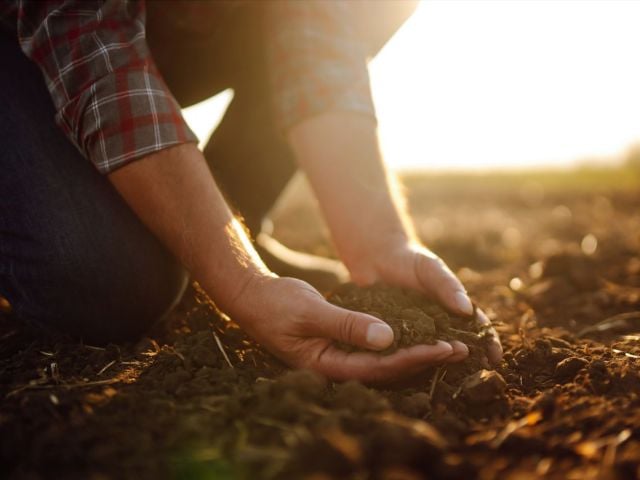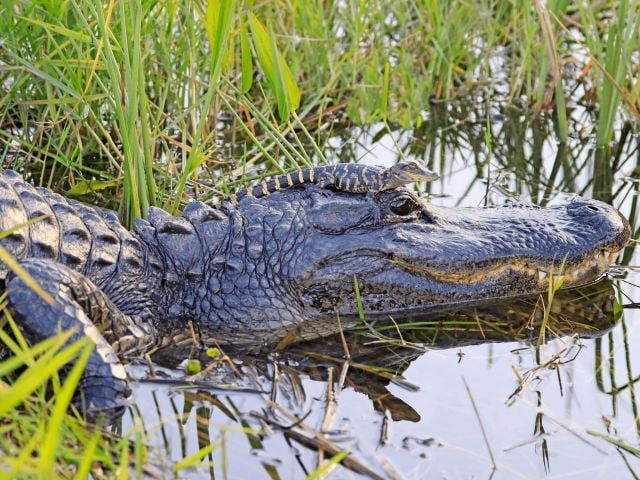WASHINGTON, December 8, 2008 – For a quarter century, environmentalists, farmers, and government officials from six states have relied on sporadic, “random acts of conservation” to mitigate the unintended damage these agriculture activities have had on the once majestic Chesapeake Bay. These voluntary efforts, while producing some clean-up successes, have largely left the Bay polluted as agricultural fertilizers, manure and soil erosion remain the single largest source of pollution.
A new review of Maryland’s farm conservation programs by the Environmental Working Group (EWG), uncovered a lack of targeting or accounting of critical environmental expenditures. More than $180 million in state and federal conservation funds have been spent in Maryland over the past 14 years, yet neither state or federal authorities could identify specific locations where the majority of the money was spent or site-specific pollution problems that the spending addressed.
Recently, the O’Malley administration, through the BayStat initiative, has taken important steps to change this haphazard approach to agricultural pollution prevention spending.
“EWG applauds the Governor’s actions and hopes they continue to move forward in their efforts to do what is needed to clean up the Bay,” said EWG Senior Agriculture Analyst Michelle Perez. “Indeed, if it truly succeeds in targeting funds and solving problems, O’Malley’s initiative could become a model for the entire nation. This is a welcome change because like the rest of the nation, Maryland has not systematically targeted agricultural pollution prevention funds to areas of greatest need nor has the state analyzed the impacts of its spending on curbing pollution from agriculture.”
December 9, 2008 marks the 25th anniversary when Maryland, Virginia, Pennsylvania, the District of Columbia and the Environmental Protection Agency made the first of a series of promises to clean up and protect the Chesapeake Bay. While the original voluntary approach was designed and agreed to with the best of intentions, it has failed to achieve an acceptable level of clean up, leaving one of the country’s most economically important bodies of water heavily polluted. Even when New York, West Virginia and Delaware joined the Agreement after the third version was signed in 2000 and hailed as a “model” for regional partnership and innovative policies, the states stuck with the failed voluntary effort.
As early as 1985, the Chesapeake Bay Commission, which advises the Bay states, publicly questioned whether these voluntary agricultural programs alone were sufficient “to stem the flow of nutrients and sediments leaving our farmlands and entering our waterways, or are regulatory measures called for?”
As for agricultural regulations, Perez said, “People expect their food to be produced in a way that protects the air and water we all share. We need agricultural regulations that are smart, creative and precision-guided to achieve maximum effect with minimum costs and bureaucratic red tape for the farmer. Farmers should be able to make a good living even as they reduce the unintended pollution generated by their operations.”
In addition to important regulatory measures for agriculture, EWG advocates the need for enforceable environmental standards for business developments, septic tanks and sewage treatment facilities operating in the Bay region. “Regulations merely reflect a minimum environmental standard citizens expect from all activities inadvertently harming the Bay,” added Perez.
Bay states cannot wait afford to wait another 25 years to adopt common sense principles for dealing with agriculture’s contribution to Chesapeake Bay pollution and should:
- Identify the highest priority watersheds in their states where implementation of the most cost-effective farm practices would reduce the pollution to the Bay.
- Design smart and enforceable minimum environmental standards that will achieve the necessary pollution reduction goals in these targeted watersheds.
- Commit to spending conservation cost-share funds in these targeted watersheds to help achieve the regulations and go beyond the minimum requirements.
- Track the locations of cost-share practices and conduct an annual evaluation of targeting and tracking efforts.
# # #
EWG is a nonprofit research organization based in Washington, DC that uses the power of information to protect human health and the environment. EWG’s farm subsidy database and related reports and analysis can be found at www.mulchblog.com



